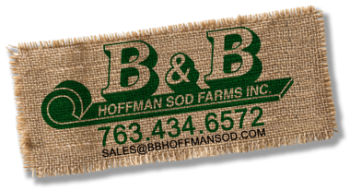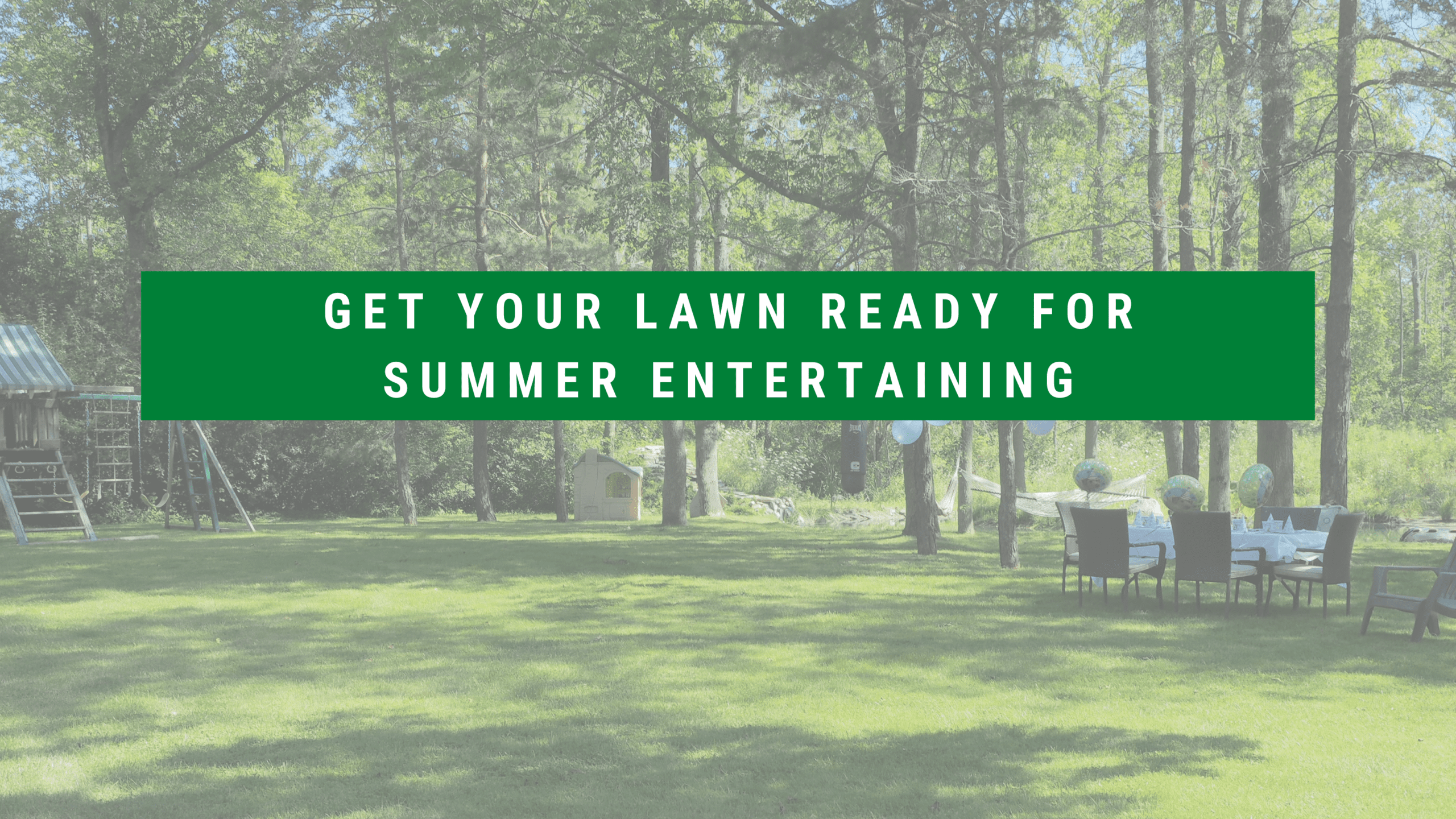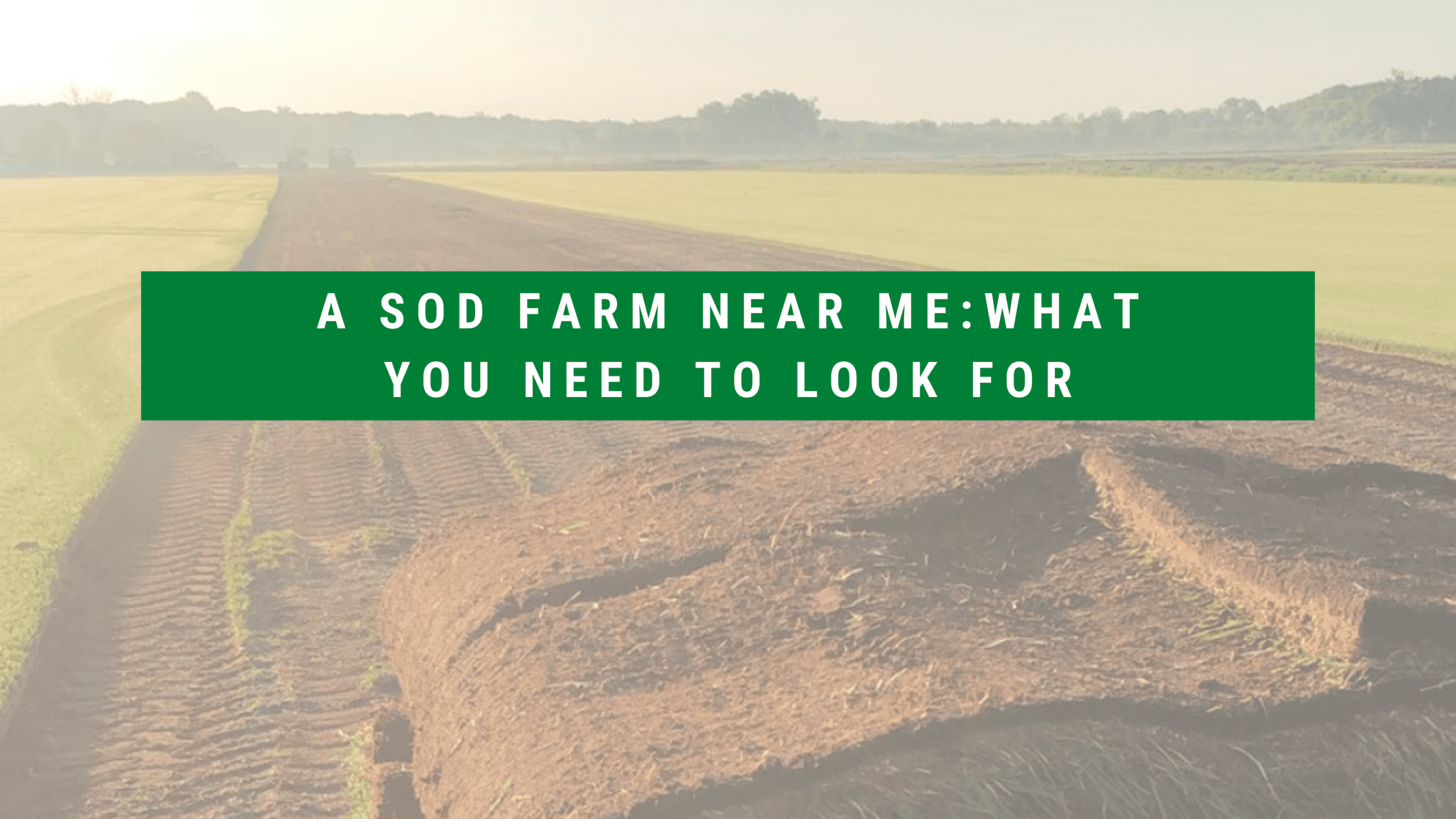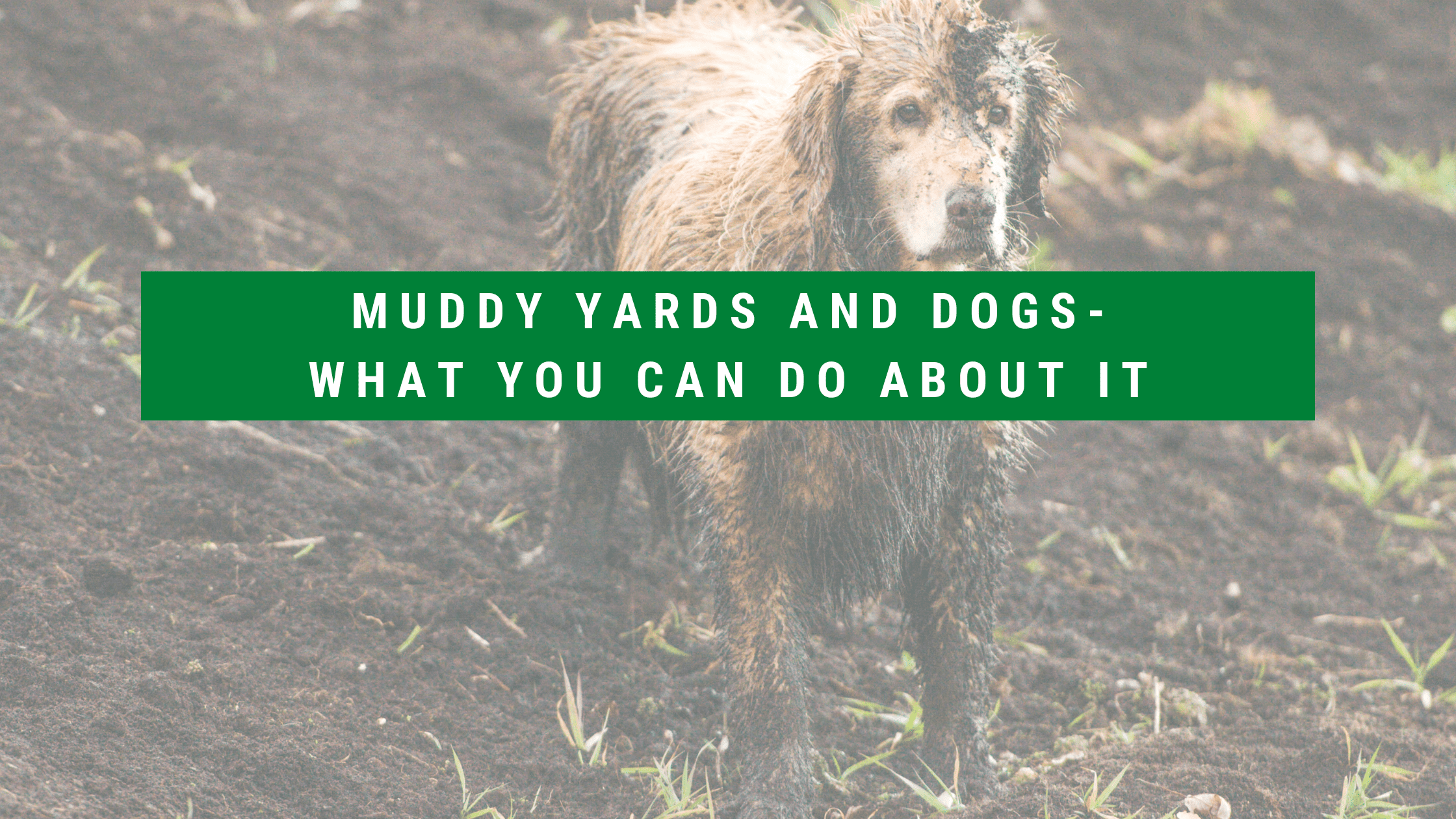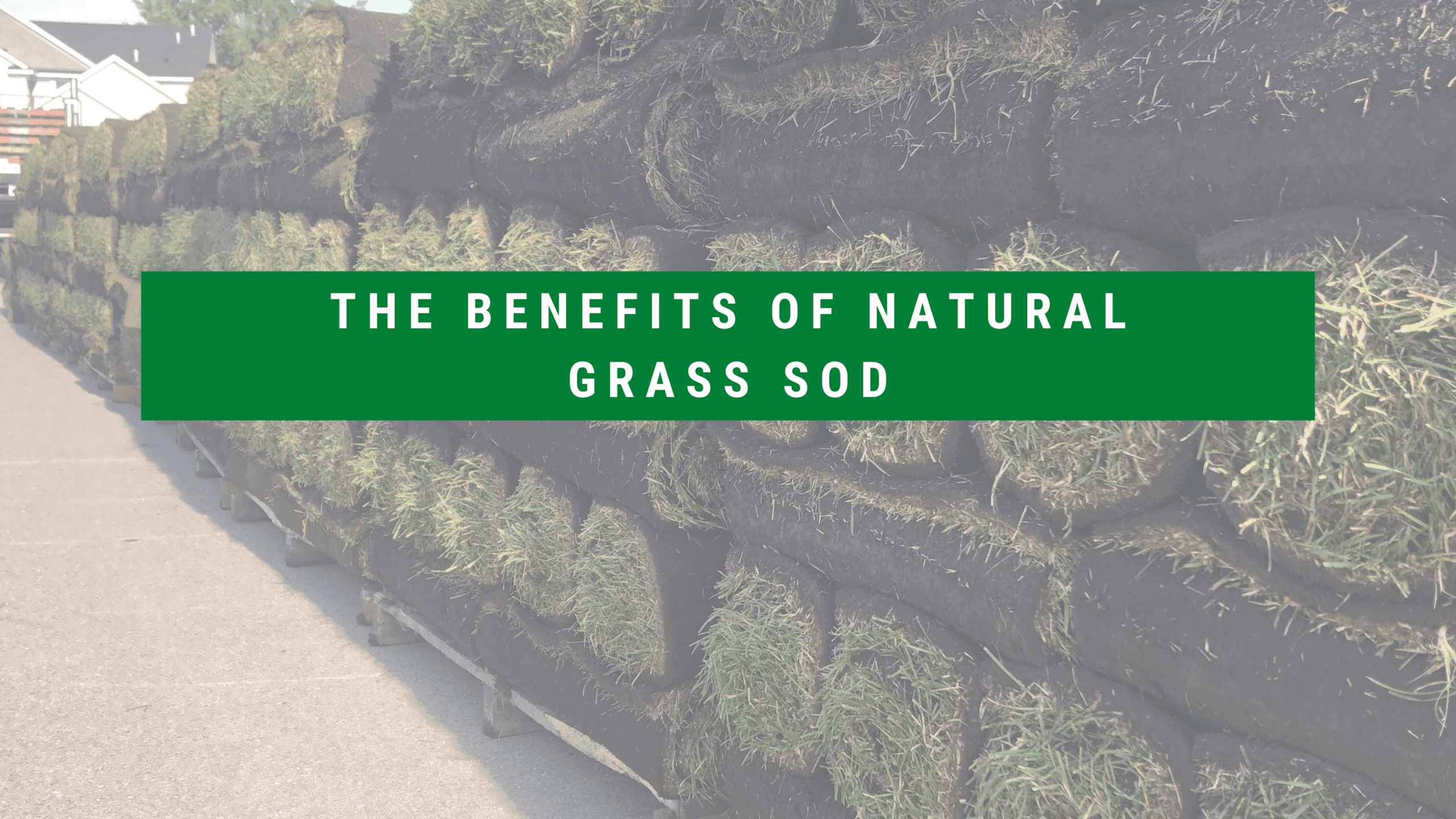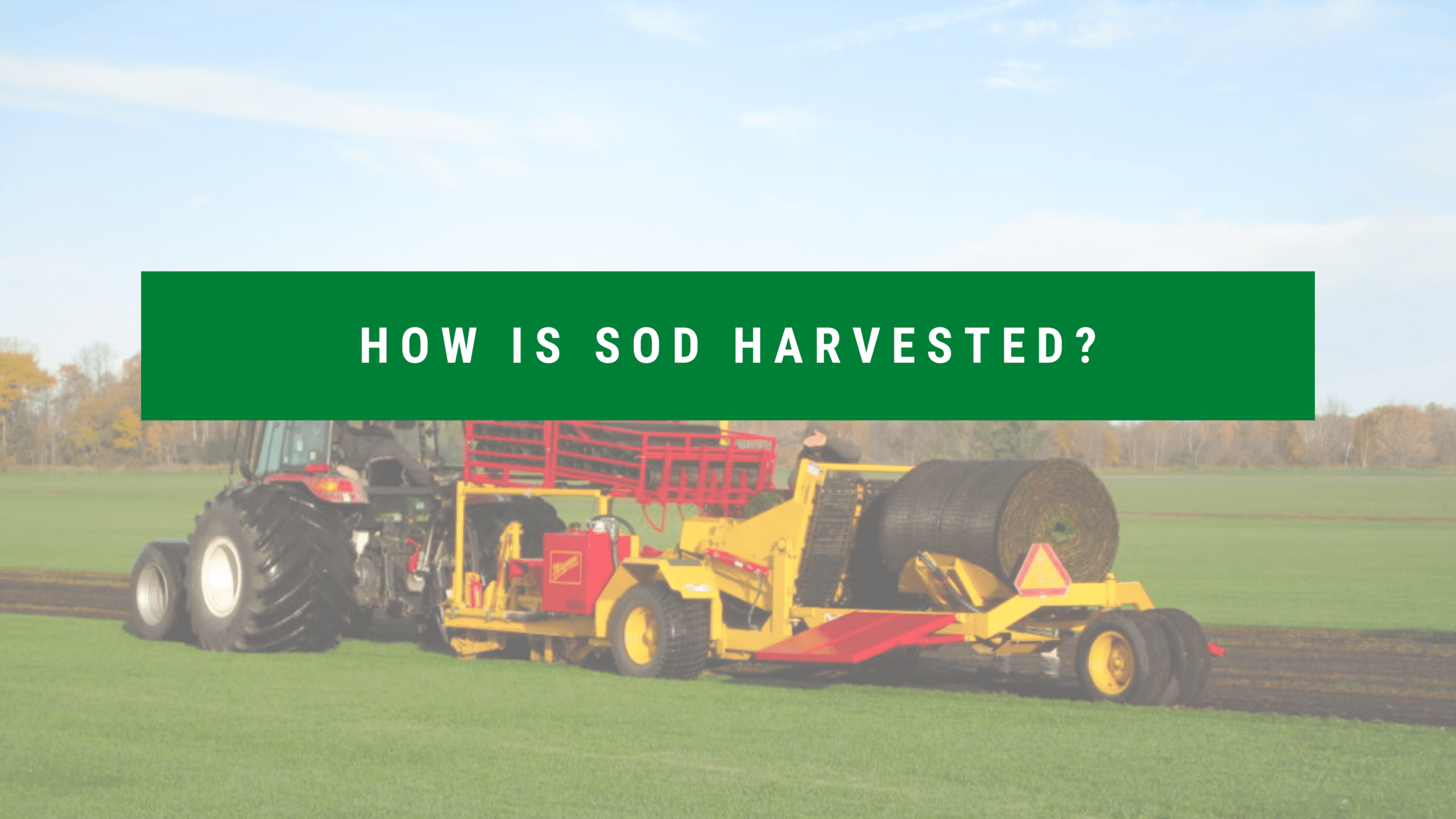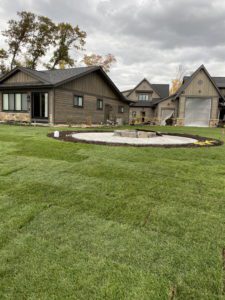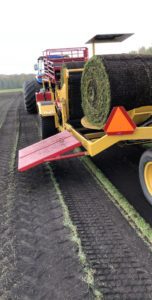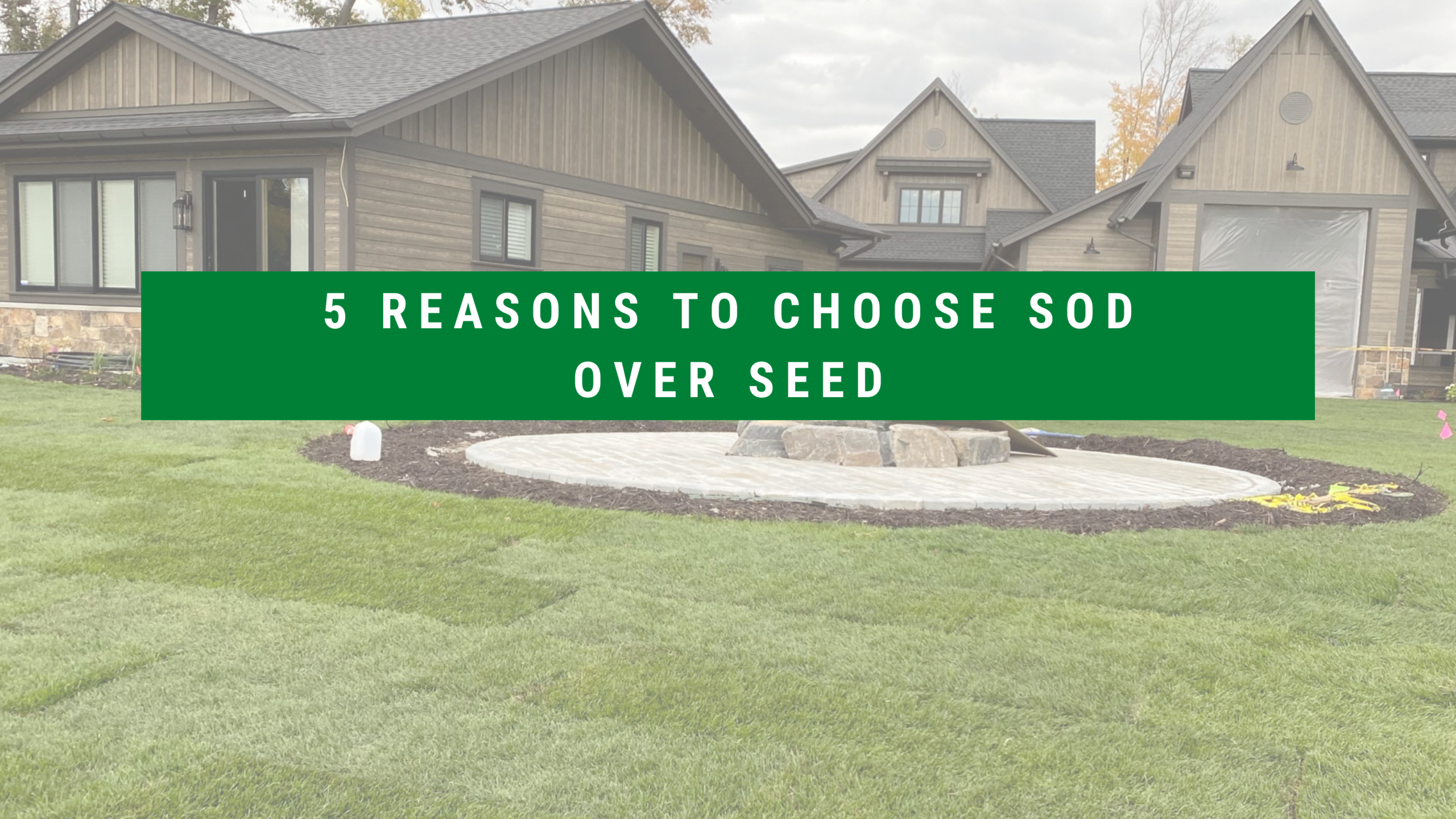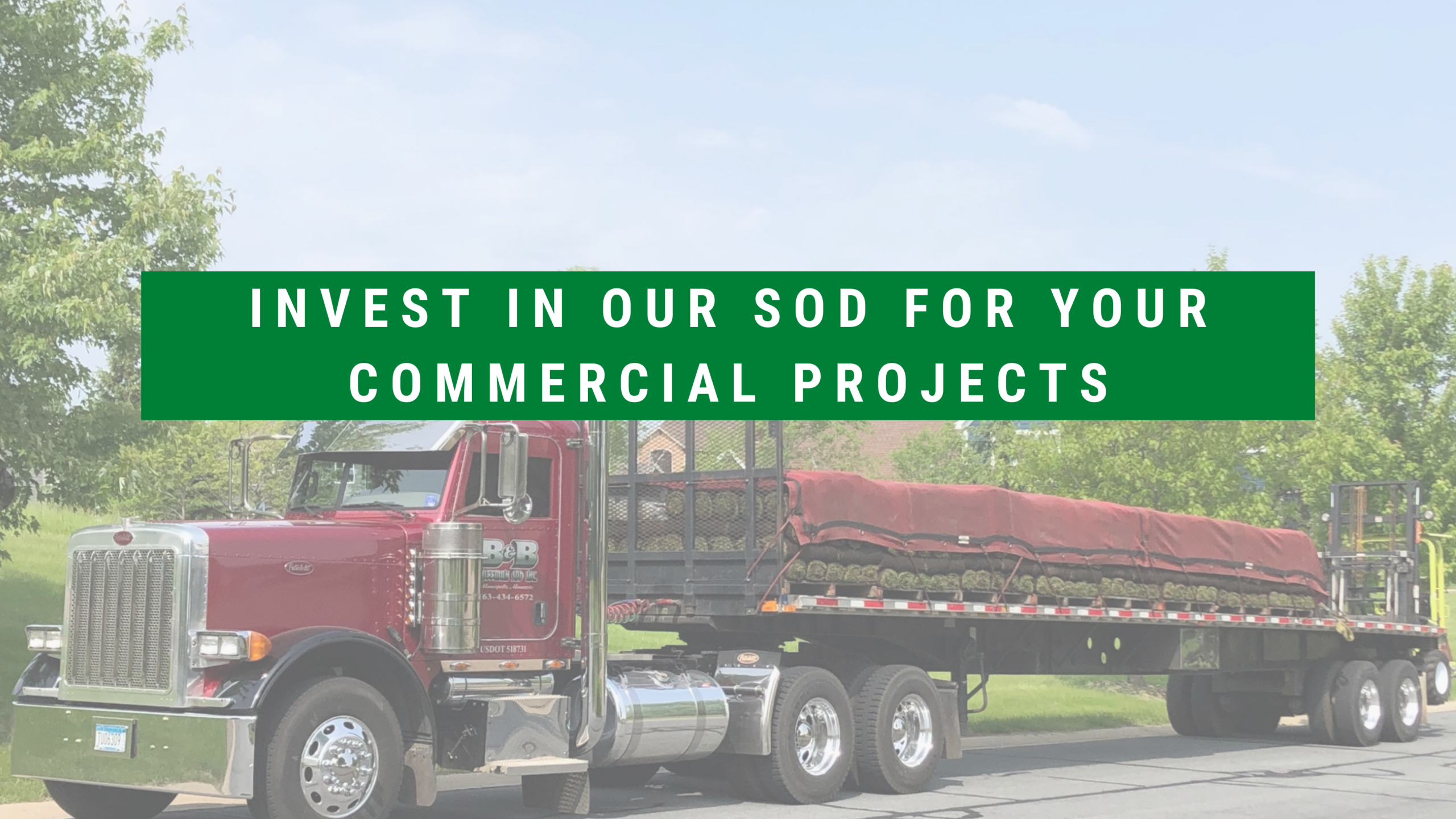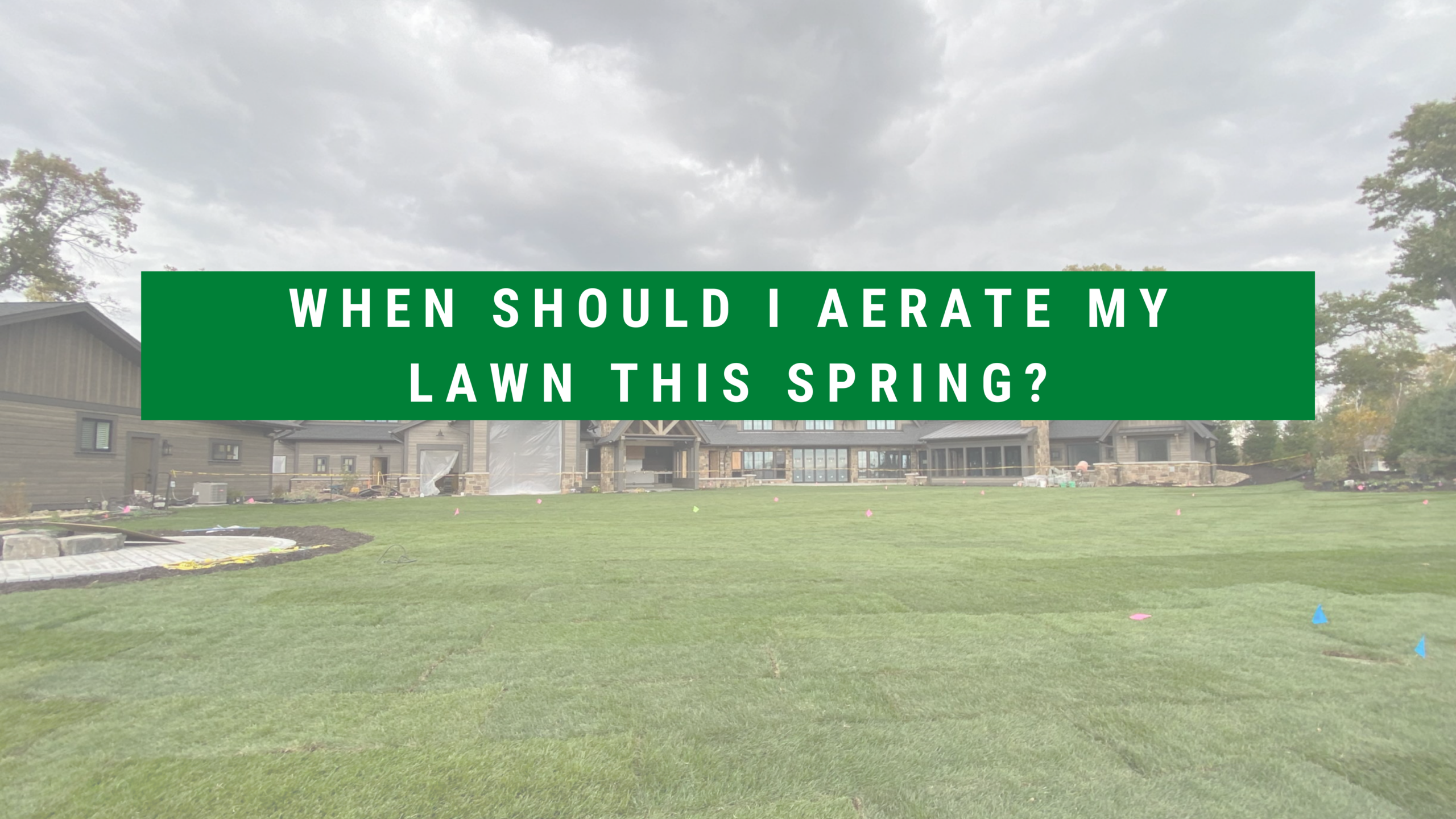The long, harsh winter was hard on all of us, delaying lawn care and landscaping plans. But, it’s not too late to prepare your yard for graduation parties, family reunions, or grilling get-togethers. B&B Hoffman Sod Farms is ready to serve you for the 2023 season!
Fertilize! We recommend fertilizing early and often throughout May and into June. For the first treatment, use a fertilizer with crabgrass pre-emergent/preventer to start repairing any damage done from the winter and get a jump-start on crabgrass. Ideally, this should be applied before the growing season begins. Crabgrass can germinate when the ground temperature reaches 50 degrees for 3 consecutive days, so early application to prevent growth is key. In Central Minnesota, we typically reach this temperature around Mother’s Day. Visit our Elk River location to purchase fertilizer this spring to keep your lawn lush and healthy. While fertilizing is an important spring lawn care step, it isn’t the only maintenance needed for a beautiful lawn. After a long winter, your yard needs some fresh air too, so be sure to rake and remove thatch as well as old leaves, twigs, and fallen branches.
Aerate! If your lawn has a lot of foot traffic, watch for compaction. When soil is compacted, it has less room to hold air and water to keep it healthy and full, making it difficult for roots to penetrate and fertilizers to be absorbed. To treat a compacted lawn, aerate it at the beginning of the growing season. Aeration creates larger spaces in the soil, allowing more oxygen, fertilizer, nutrients, and water to penetrate. Small lawns can be aerated with special sandals with spikes attached that aerate as you walk your yard. Larger lawns may require a petrol-powered core aerator that can be rented. Regardless of the style of the aerator, be sure to water the lawn thoroughly the day before you aerate to make the process easier.
Finally, tune up your mower and make sure it’s as ready for spring as your family. Raise your lawn mower height to keep grass trimmed and moist, as most types of grass have deep roots to take in water.
To learn more about spring lawn care tips and the products that B&B Hoffman Sod Farms offers, visit us online at bbhoffmansod.com, or call 763-434- 6572.
